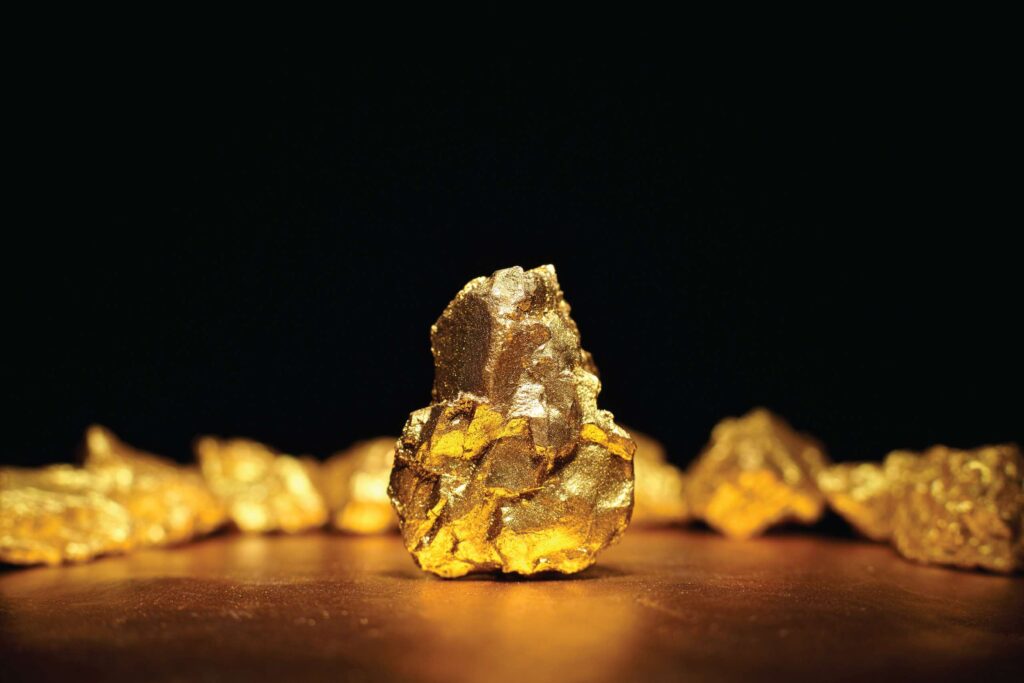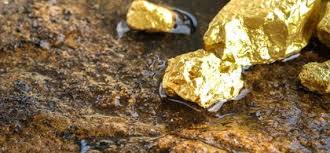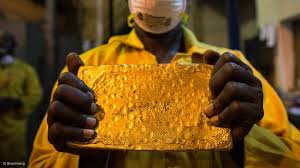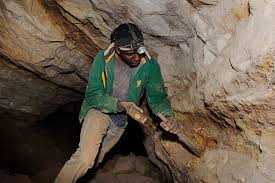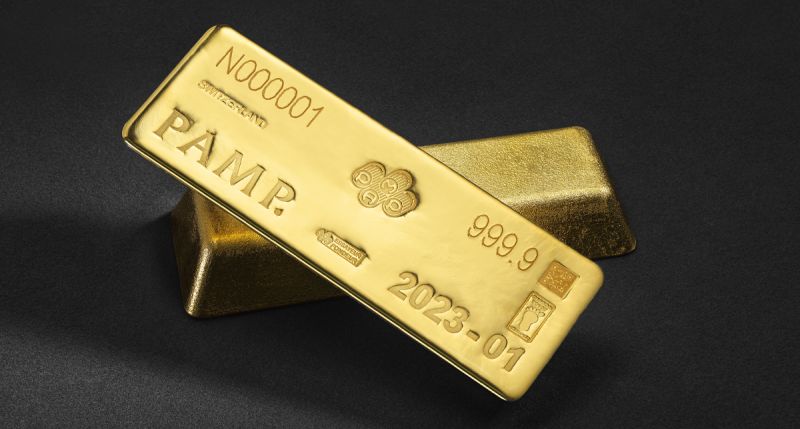Precious Metals

Exploration Runner-up: Shanta Gold
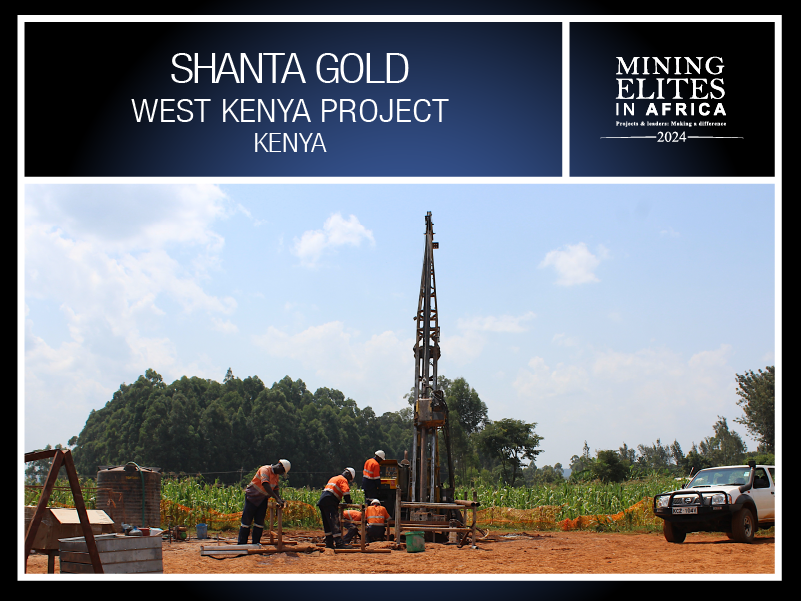
Shanta acquired the project from Barrick gold in 2020. It covers 580 km2 of the under-explored Busia-Kakamega gold belt in western Kenya in an area which saw some small-scale gold mining between the 1920s and 1950s. One mine, Rosterman, operated from 1935 to 1950 producing 250 koz of gold over this period.
The ground has passed through a number of hands over the years with operators including AfriOre and Acacia Mining, which was acquired by Barrick in 2019. Between 2013 and 2018, Acacia invested US$45 million in the project. It drilled over 200 km and produced a maiden inferred resource in 2017, which was updated in 2018 to 1.2 Moz at an amazing 12.8 g/t gold, covering the Isulu and Bushiangala prospects.
Shanta has taken the project much further up the value curve, drilling over 60 km in 2021 and 2022 at a cost of US$10.5 million and also completed a scoping study on the Isulu and Bushiangala deposits. This highlighted the potential of the deposits to produce 105 koz per annum over a Life of Mine of nine years through a combination of open-pit and underground mining.
The Isulu and Bushiangala deposits now host 1.25 Moz at a grade of 10.6 g/t, including 722 koz at a grade of 11.45 g/t in the indicated category, which are among the highest-grade gold deposits in Africa.
The Isulu and Bushiangala drilling has returned visible gold intercepts in approximately 30% of holes, including many spectacular occurrences, which is an indication, according to Shanta, of super high-grade shoots potential. In addition, there has been a near 100% conversion rate from inferred to indicated resources.
Increasingly important, however, is the Ramula Camp, 35 km west-southwest from Isulu-Bushiangala and about 40 km north-west of Kisumu. Shanta’s exploration at Ramula resulted in a maiden resource estimate of 434 koz at a grade of 2.08 g/t declared in March 2022. This has since been upgraded to 469 800 oz grading 2.41 g/t Au, mostly in the indicated category.
While the grade at Ramula is much lower than that of Isulu-Bushiangala, there are several promising prospects within a 5 km radius of the Ramula deposit. Shanta aims to deliver inferred resources for these targets – known as Miruka, Ochegue and Anomaly 22 – within the next few months.
Shanta is currently progressing a feasibility study workstream towards a mining licence application and permitting for the West Kenya project.
Shanta believes so highly in the potential of the project that it has budgeted to spend up to US$10 million on exploration in 2023, a significant sum for a company of its size. It says that the current resource is expected to increase to approximately 2 million plus ounces in 2024.
Given the quality of the West Kenya project, it seems highly likely that it will eventually be developed into Shanta’s third East African mine.




